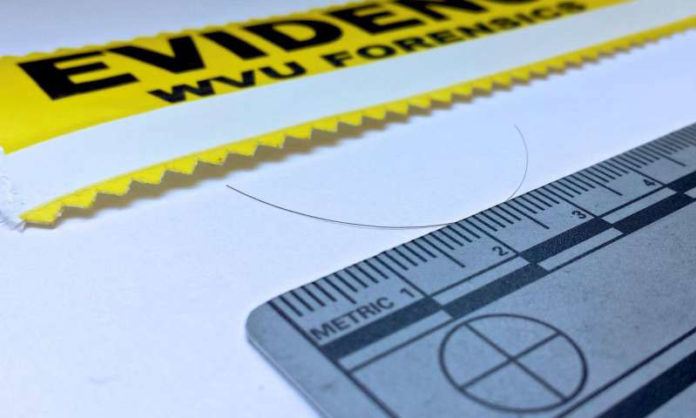Hair fiber analysis as a forensic discovery tool has a great future. Previously it was a chief support of criminal investigations and courtrooms. Now scientists at the American chemical society have developed a refined technique that could reveal much about a person’s lifestyle. They have developed a hair strands technique that could potentially provide investigators with vital clues about a person’s secrets.
Glen P. Jackson, Ph.D. said, “Who you are, where you’ve been, what you eat, what drugs you take—it all shows up in your hair. Depending on the questionnaires the chemical analysis of human hair strands can provide amazing insights into the life and lifestyle of a person.”
Previous hair analysis technique relied on microscopic examination of hair color, thickness and curvature to identify suspects and link them to crime scenes. But critics have long argued that the hair strands analysis is subjective. In fact, 90% of hair examiners’ testimonies in criminal trials contained erroneous statements. As a result, several people who were convicted based on hair-sample analysis were later found to be not guilty.
Jackson, at West Virginia University, said, “Hairs found at crime scenes often don’t have enough viable DNA in them for analysis. And even if DNA is available, a matching sample might not be found in existing criminal databases. In addition, DNA only provides a genetic profile of a suspect and reveals nothing about the person’s lifestyle, which could be key to breaking a case. For example, you could have genetically identical twins, and if one is obese and one is lean, we potentially could tell the difference between their hair with our method.”
Scientists then decided to investigate more into the chemical composition of hair to construct a scientifically rigorous technique to identify person’s lifestyle secrets. To measure the ratio of isotopes within the 21 amino acids found in keratin, scientists used liquid chromatography in conjunction with isotope ratio mass spectrometry (LC-IRMS).
By doing this, scientists could identify 15 isotope ratio measurements that are yield crucial information about certain lifestyle habits. For testing purpose, scientists collected hair samples from 20 women in Jordan. Prior to LC-IRMS measurement, the women completed extensive questionnaires about their lives, including their health, hair care, and diet. In a blind evaluation based on these hair samples, scientists show that the subject’s body mass index with about 80 percent accuracy, using a cross-validation approach.
Jackson said, “Still, more work to be done before this technique can be used in crime labs. We need to bolster its pool of hair samples and refine its methodology. For now, the analysis requires several strands of hair from the same person, which could make it difficult to use in forensic settings where only a single strand may be available.”
